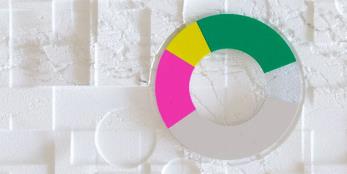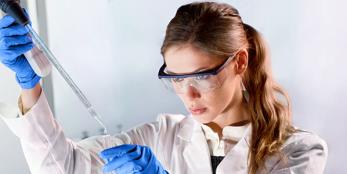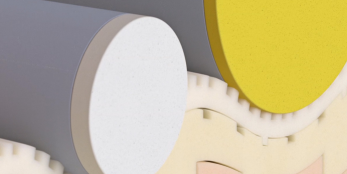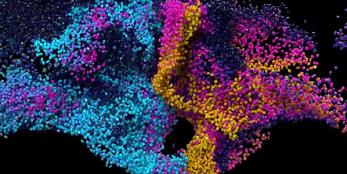
End Plastic Waste
The continuous accumulation of plastic waste in landfills and oceans is threatening the balance of the planet. One of the most urgent environmental challenges is the reduction of plastic waste globally. Research and companies together must take charge of the issue and find technological solutions to the problem of safeguarding and optimizing such an important resource.
Plastic is a precious raw material that should not be wasted
In just over a century, plastic has changed the world. This ductile polymer has brought comfort, convenience and innovation to many aspects of our lives. It has allowed the production of essential medical devices, has revolutionized mobility, improved the portability and conservation of goods. He also helped create beauty and color, safe toys, educational tools, works of art and architecture. For all these reasons plastic products have had an enormous diffusion but the impact of their duration in terms of biodegradability has been underestimated. This feature has made plastic waste a global environmental challenge. It is estimated that over 40% of plastics are used only once and that 8 million tons of plastic waste end up in the oceans each year.
Covestro in the front line to reduce and recycle plastic waste

Covestro has been an active part of the World Economic Forum, also held this year in Davos. It is an opportunity for major global stakeholders to define global agendas and collaborate in major economic and environmental challenges.
A fundamental theme dealt with in Davos was the circular economy: how to find efficient solutions so that products and materials are brought back to the value cycle even when the use phase of an object ends. In simple words it means making plastic return to being reusable as a polymer or in molecular form. In Covestro we are already doing it. To create new value from products and materials, we study all the life stages of an artifact: from design, to manufacture, to its reuse as a new raw material.
Create infrastructure for plastic recovery
Structures designed to manage and collect waste are struggling to keep up with the sharp increase in disposable plastics. In Covestro we are operating on two fronts. On the one hand, we design and manufacture products that have a longer use life. On the other hand, we support projects that encourage the creation of systems to collect, manage and recycle polycarbonate and polyurethane materials. An example is our partnership with Soft Landing, an Australian social enterprise focused on the collection and recycling of mattresses.

Create innovative products made with recycled plastic
We work to launch new projects centered on reuse. With Full Circle Filament, we have an innovative collaboration to transform used PET bottles into high quality 3D printing filaments. This decreases the volume of plastic waste and creates a product of greater value. Because there can be no ecological project that is successful in terms of economic sustainability and that does not also have a design quality that is attractive to consumers.
Collect plastic waste to improve the environment
AEPW's strategy is to reclaim areas with a high concentration of plastic waste. Countries like India generate around 26,000 tons of plastic waste per day. More than 40% is not collected, remains on the soil and, in the worst cases, is burned producing dioxin. We are working on many projects that above all inspire the new generations to carry out collection campaigns to mitigate pollution and produce volumes of precious raw material to be reused.

Educate on waste recycling
Covestro has invested in educational projects aimed at children to sensitize the new generations to ecological behavior and to be able to change the horizons of our future. We have published a storybook centered on the theme of waste to show and encourage proactive attitudes on the theme of recycling.
The "little guardians of the earth" project was born in Taiwan together with natural parks and museums. With an app we managed to reach over 20,000 children and interactively intrigued them on the issue of sustainability.
In Hong Kong, a laboratory on microplastic was made together with the WWF. We involved 100 students and showed them how to treat waste more responsibly. The commitment is that these become ambassadors of responsible behavior towards families and friends.
Reverse the trend of plastic waste even in production
In the company we are very careful that our supply chain is not itself a producer of plastic waste. Covestro is part of the global Operation Clean Sweep initiative which aims to prevent losses of plastic pellets at sites and handling routes. Our own employees organize and participate in the cleaning actions around the plants located along the waterways. Saving plastics is part of a set of eco-sustainable actions to optimize fossil resources such as crude oil and minimize emissions.

With an innovative process we are able to produce polyols with the recovery of CO₂. An important saving that once again focuses on the circular economy and its benefits for the community. We called this Dream Project because we dream that our motto #PushingBoundaries, together with vision and innovation, will also infect other realities for the realization of a sustainable future.



























